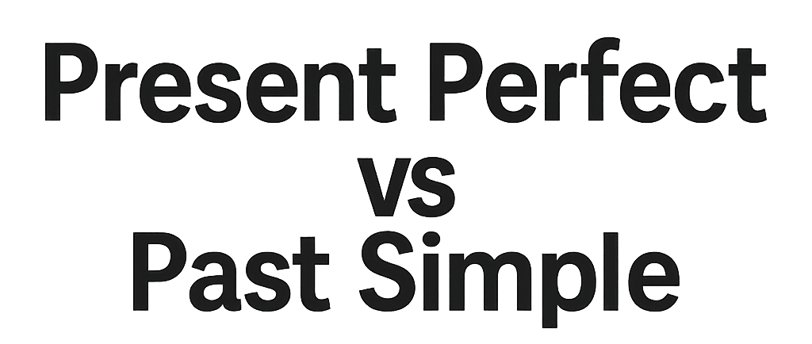Present Perfect and Present Simple
5/24/20252 min read


Introduction to Present Perfect and Present Simple
The present simple tense refers to actions or states that are habitual or true at the present moment. It is often used to express facts or regular actions. An example of a present simple sentence would be: "She reads books every evening.
"Conversely, the present perfect tense indicates actions or situations that occurred at an unspecified time in the past and have relevance to the present moment. For example, "She has read ten books this month" suggests that the reading occurred in the past, but the focus remains on the current experience of those books.
Understanding when to use the present perfect as opposed to the present simple involves mastering a few key rules. Here are some guidelines:
Present Simple Usage: Use the present simple for facts, habits, and routines. For instance, "The sun rises in the east" illustrates a consistent truth.
Present Perfect Usage: Use the present perfect to describe experiences, changes over time, or ongoing situations. For example, "I have traveled to France" signifies an experience that could affect the present.
When using the present perfect, it is common to connect the action with the present, as in: "He has lived in London for five years," which helps indicate that he still resides in London today.
It is also important to notice time expressions that often accompany each tense. The present simple frequently uses terms such as "always," "often," or "usually," while the present perfect is paired with expressions like "ever," "never," or "since". For instance, consider the sentences:
Present Simple: "I usually eat breakfast at 8 AM."
Present Perfect: "I have never eaten sushi."
To clarify the distinctions between these two tenses further, let's explore some more examples:
Present Simple: "She studies biology at the university." (This is a habitual action.)
Present Perfect: "She has studied biology at the university since last year." (This indicates that her studies began in the past and continue to the present.)
In summary, the key differentiator lies in the aspect of time and ongoing relevance. The present simple denotes established routines while the present perfect emphasizes connections to past actions and their impact on the present.
